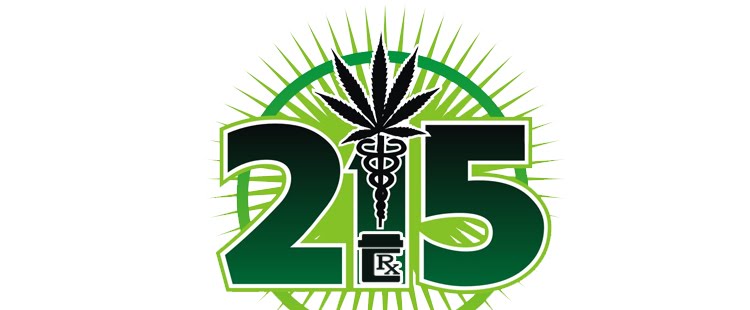SECURITY REPORT FOR : Legal Marijuana Grower’s Physical Security Requirements
INTRODUCTION
Legal marijuana is one of the fastest-growing industries in the United States.
To date, four states -- Colorado, Washington, Alaska and Oregon -- have legalized retail
marijuana. Washington, D.C., voters also legalized recreational marijuana use, but sales
currently remain banned. Twenty-three states have legalized medical cannabis. Still,
marijuana remains illegal at the federal level1
.
The projection is that, by 2019, all of the state-legal marijuana markets combined will make
for a potential overall market worth almost $11 billion annually.
As an example of the market’s growth, Colorado’s legal cannabis market grossed $700 million
in 2014, on its way to $1 billion by 2016 according to the Washington Post.
KEEPING IN THE KNOW
California still has the largest legal cannabis market in the U.S., at $1.3 billion. Arizona was
found to have the fastest-growing major marijuana market in 2014, expanding to $155
million, up more than $120 million from the previous year. Medical marijuana is already
legal in Arizona and California and recreational legalization measures are likely to appear
on the 2016 ballots in both states.
KEY SECURITY SOLUTION CONSIDERATIONS
1. Electronic Surveillance is required by all state regulators in the cannabis industry.
2. States have different requirements and often the specifics of a particular electronic
surveillance solution is required during the permitting process.
HOW LEGAL MARIJUANA GROWERS AND SHOPS PROTECT THEMSELVES
1. Cameras: an 18,000 sq ft facility uses approximately 40 cameras (outside, lobby, cash
registers, hallways, etc.) with a typical DVR storage time of 30-40 days.
2. Access Control: Sensitive areas, like grow rooms where the marijuana plants are kept,
are protected by digital keypad locks. Only select employees have access and are given
the codes to these doors.
3. Security personnel and vehicles: At least one member of the security personnel team is
on premise 24/7 and is equipped with radio communications. Although some location
have yet to invest in armored car services for transporting cash, a security team
sometimes maintains a presence with its own vehicles.
4. Weapons: Some locations use security guards that are armed with "almost lethal"
tasers (with an upgrade path to firearms after employees go through the necessary
licensing process) while others directly opt for firearms via external private security
services.
5. Guard dogs
6. Lock and Key: Some locations use both a PIN-protected Kidde KeySafe and a Knox
brand lockbox alongside other outdoor security measures. The boxes protect the keys
for the locks on the location’s doors.
ROBOTICS SOLUTION
Collaborative service robots are able to address the majority of security concerns for this
industry. Below are key benefits/points:
● Reduce number of personnel required for close monitoring of plants and cash/vaults.
● Customers do not purchase or lease the robots, they only pay a low, fixed, monthly fee
for the use of the robots.
● Customers save more than 50% over the cost of hiring personnel that require
background checks, drug testing, benefits, workman’s comp, on-boarding, training,
certification, overtime, vacation pay and mandated breaks.
● Autonomous mobility provides for increased coverage and reduced blind-spots.
● Magnetic/RFID card swipe can be added to the robots to “challenge” individuals when
necessary
● Biometric scanners (facial recognition, retinal, fingerprint, etc.) can be added to the
robots for additional security verification.
● Customers’ existing wireless sensors and cameras can be quickly added to allow for
continued use of existing security infrastructure investment.
● Each robot is equipped with a basic sensor package (acoustic, ,fire, gas, human
movement). Depending on the complexity of integration, customer-provided sensors
can also be integrated to increase detection of foreign matter, humidity levels,
temperature differences or other variables that may impact crop growth, quality and
yield.
● On average, each robot can cover 40,000-50,000 sq feet of warehouse space, further
increasing the cost savings and benefits to customers.
FORWARD
We project a marijuana industry that could be more valuable than the entire organic food
industry if the legalization trend continues to the point that all 50 states legalize recreational
marijuana. The total market value of all states legalizing marijuana would top $36.8 billion --
more than $3 billion larger than the organic food industry. As such, the marijuana industry is
continually increasing its attractiveness to investors and criminals.
info and facts from here

No comments:
Post a Comment